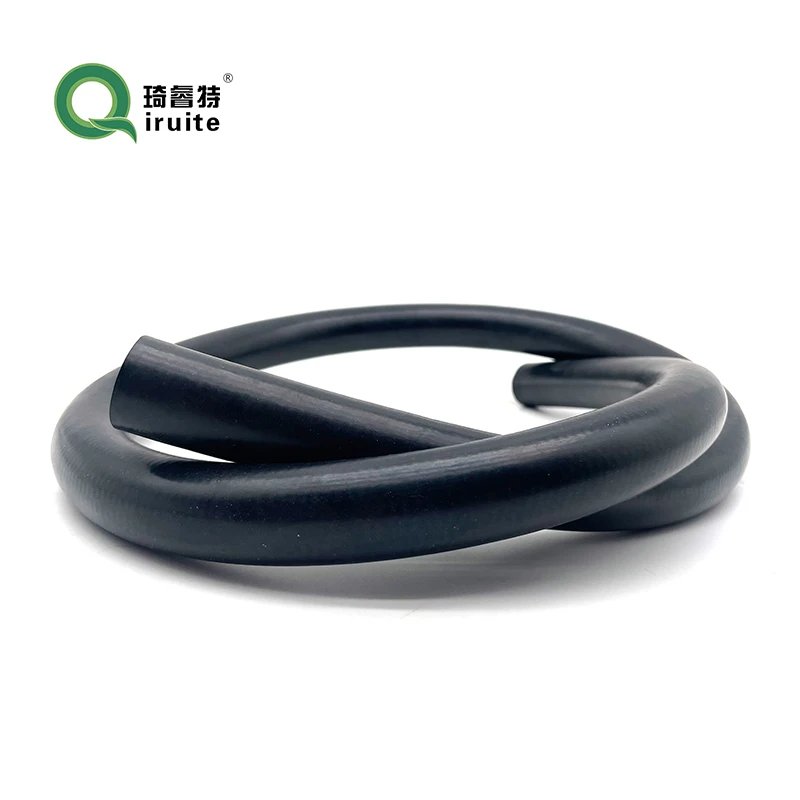Air Conditioning Hose Connectors and Their Applications in HVAC Systems
Understanding Air Conditioning Hose Fittings A Comprehensive Guide
Air conditioning systems are essential for maintaining comfortable indoor environments, particularly in areas with extreme climates. A critical component of these systems is the hose fitting, which plays a crucial role in the efficiency and reliability of the entire air conditioning setup. This article will explore the different types of air conditioning hose fittings, their materials, and their importance in HVAC systems.
What Are Air Conditioning Hose Fittings?
Air conditioning hose fittings are specialized connectors used to join different sections of refrigerant lines and hoses within an air conditioning system. These fittings ensure that the refrigerant can flow smoothly through the system, enabling it to absorb and release heat effectively. The proper function of these fittings is vital, as leaks or improper connections can lead to inefficient operation and increased energy costs.
Types of Air Conditioning Hose Fittings
1. Flare Fittings Flare fittings are widely used in HVAC applications due to their reliability. These fittings feature a cone-shaped design that allows for a tight seal when connected. Flare fittings are typically made of brass or aluminum and are suitable for high-pressure applications, making them ideal for refrigerant lines.
2. O-ring Fittings These fittings utilize an O-ring seal to prevent leaks. The O-ring provides a flexible barrier between the fitting and the hose, allowing for slight movement without compromising the seal. O-ring fittings are often crafted from high-quality materials like stainless steel or brass, which enhance their durability and resistance to corrosion.
3. Swivel Fittings Swivel fittings allow for rotation around the hose connection, providing flexibility during installation. This characteristic can be advantageous in tight spaces or when aligning hoses. Swivel fittings often come with either flare or O-ring seals, contributing to their versatility.
4. Barbed Fittings Barbed fittings feature ridges along the fitting's surface, designed to grip the hose securely. This type is commonly used in low-pressure systems and is often made of plastic or brass. While barbed fittings are simpler in design, they require the use of clamps to ensure a leak-free connection.
5. Compression Fittings Compression fittings use a ring to compress the hose against the fitting, forming a seal. These fittings provide a reliable connection and are routinely found in various HVAC applications.
air conditioning hose fittings

Materials Used in Hose Fittings
The performance and longevity of air conditioning hose fittings heavily depend on the materials used in their construction. Common materials include
- Brass Known for its resistance to corrosion and durable nature, brass is a popular choice for making hose fittings. Brass fittings can withstand high pressures and are often used in critical air conditioning applications.
- Aluminum Lightweight and resistant to corrosion, aluminum fittings are favored for their ease of installation and performance in low to moderate-pressure systems.
- Stainless Steel Offering exceptional strength and resistance to corrosion, stainless steel fittings are ideal for high-pressure and harsh environmental conditions.
- Plastic While less durable than metal counterparts, plastic fittings are lightweight and cost-effective, often utilized in low-pressure systems or for temporary installations.
Importance of Proper Installation
The installation of air conditioning hose fittings is crucial for the efficiency and safety of the HVAC system. A poorly installed fitting can lead to refrigerant leaks, which not only undermine the system's performance but can also pose environmental and safety hazards. It is essential to use the right tools, follow manufacturer guidelines, and ensure that all fittings are properly tightened to achieve optimal results.
Conclusion
Air conditioning hose fittings may seem like minor components in the complex machinery of HVAC systems, but their significance cannot be overstated. Choosing the right type and material of hose fitting, along with proper installation, is key to ensuring the efficiency and longevity of air conditioning systems. By understanding the various types of fittings available and their respective applications, homeowners and HVAC professionals can make informed decisions, leading to better performance and energy savings in their air conditioning systems.
-
Ultimate Spiral Protection for Hoses & CablesNewsJun.26,2025
-
The Ultimate Quick-Connect Solutions for Every NeedNewsJun.26,2025
-
SAE J1401 Brake Hose: Reliable Choice for Safe BrakingNewsJun.26,2025
-
Reliable J2064 A/C Hoses for Real-World Cooling NeedsNewsJun.26,2025
-
Heavy-Duty Sewer Jetting Hoses Built to LastNewsJun.26,2025
-
Fix Power Steering Tube Leaks Fast – Durable & Affordable SolutionNewsJun.26,2025

